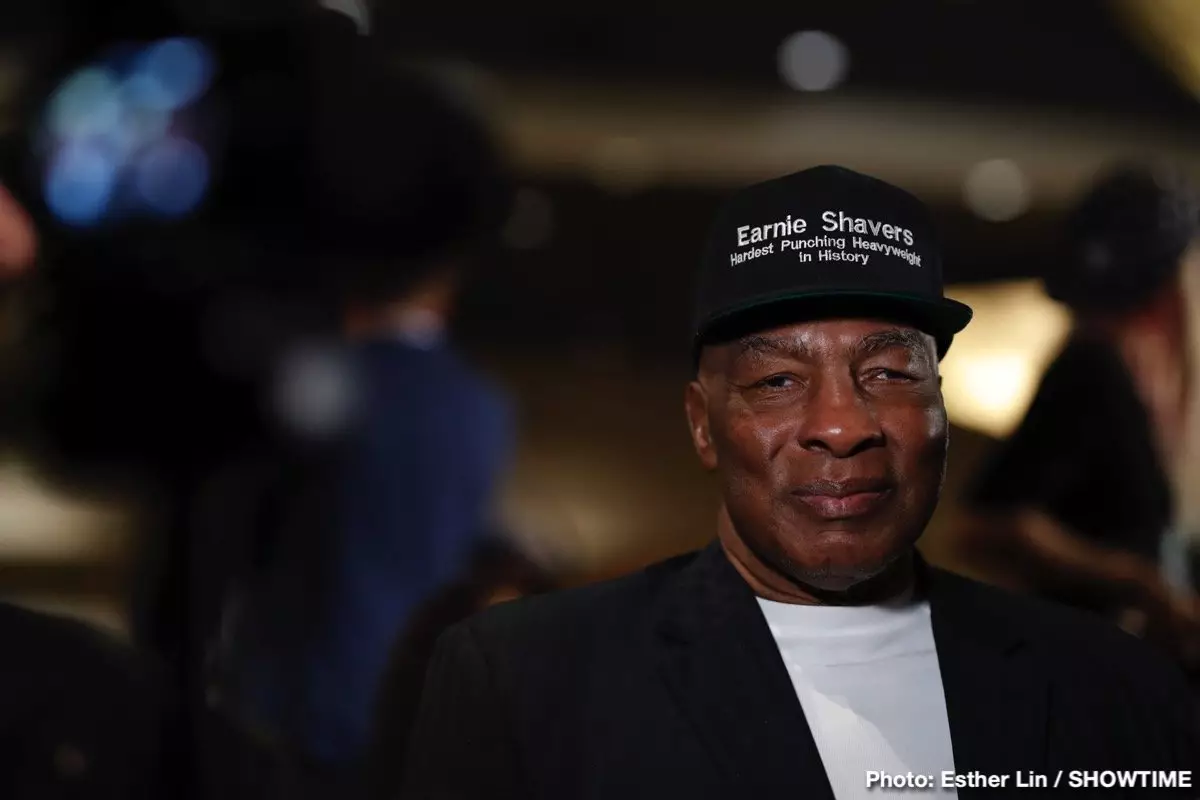In the annals of boxing history, numerous fighters have risen and fallen, yet few have had a journey as tumultuous and undervalued as Jimmy Young. Hailing from Philadelphia, Young embodied the spirit of persistence, facing adversities both inside and outside the ring. Despite showcasing immense talent, he often found himself on the losing end of decisions, leaving fans and analysts to ponder the depths of his potential and the injustices endured throughout his career.
Young’s introduction to boxing began with a brief amateur career that showcased his prodigious skills. His victory in the New Jersey Golden Gloves put him on the radar, yet the transition to professional boxing saw him matched against brutish opponents far beyond his initial level of experience. At only 22 years old, Young faced Roy Williams, who, with a wealth of experience under his belt, emerged victorious. This defeat marked the beginning of a string of challenges that would test Young’s resolve.
Young’s resilience was put to the test again in March 1972, when he squared off against Randy Neumann and later against the fearsome Earnie Shavers. Each bout served as a harsh lesson, with Young constantly striving to find his rhythm as a fighter. The management decisions to place him against such formidable opponents seemed an act of cruel irony, reflecting an industry that wasn’t quite ready to embrace his potential.
After an arduous start to his professional career, perseverance began to pay off as Young’s skill set matured. He engaged in training alongside legends like Joe Frazier, honing his craft while cultivating a unique fighting style characterized by agility and defensive prowess. This phase saw him accumulate significant victories, yet it soon became apparent that fortune wasn’t yet on his side.
Fifty years ago, Young faced Shavers once again in a highly anticipated rematch. Despite enduring a knockdown in the fourth round, Young demonstrated tenacity and tactical intelligence, dominating the latter half of the fight. When the judges declared the bout a draw, it was a bitter pill for fans; Young had been robbed not only of the victory but of the recognition that had eluded him for so long.
Young’s most unforgettable moment came when he fought Muhammad Ali in April 1976. Nicknamed “The Greatest,” Ali was only a shadow of his former self, yet Young managed to capitalize on this, employing a unique and unorthodox style that flummoxed Ali. However, despite his valiant effort and clear strategy, the judges’ decision again went against him, leading many to label it another robbery. The irony was palpable; while Young’s accolades were overshadowed by these contentious decisions, Ali emerged unscathed, leaving Young still in pursuit of recognition.
Despite the setbacks, Young’s tenacity propelled him into the limelight, making him a top contender in the heavyweight division. He notably outperformed many esteemed boxers, yet critical victories remained out of reach due to controversial verdicts.
March 1977 marked a watershed moment in Young’s career when he faced George Foreman in Puerto Rico. Here, Young turned the tables on the man renowned for his devastating punching power. With enduring stamina, crafty footwork, and brilliance in strategy, Young not only survived a grueling battle but also sealed the night with a testament to his skill by knocking down Foreman in the final round. This victory was transformative; it catapulted Young into the heavyweight conversation, showcasing the immense talent trapped in bouts overshadowed by injustice.
Though Young reached the pinnacle of his professional journey with the victory over Foreman, what followed was poignant. Facing Ken Norton in November 1977 in yet another bout that many felt Young should have won, the decision went against him once again. The inability to secure a championship title despite remarkable talent painted a picture of a boxer who was consistently at odds with the judging system, leading to a gradual decline in both performance and passion.
By the time Young retired in 1990, his legacy bore the scars of hard-fought battles, often marked by disappointing outcomes. His record may not reflect a champion, yet it tells a powerful story of resilience against the tidal wave of adversity.
Despite leaving the sport without the titles his efforts deserved, Jimmy Young remains a symbol of perseverance in the boxing world. Regaled by historians yet overshadowed in popular recognition, the narrative of Young serves as a cautionary tale to athletes who face systemic hurdles. Had he competed in today’s era, Young would have been among the elite, likely thriving against contemporaries such as Oleksandr Usyk or Tyson Fury. His legacy as one of the sport’s finest unrecognized talents ensures that his spirit endures, serving as inspiration for future generations of fighters.

